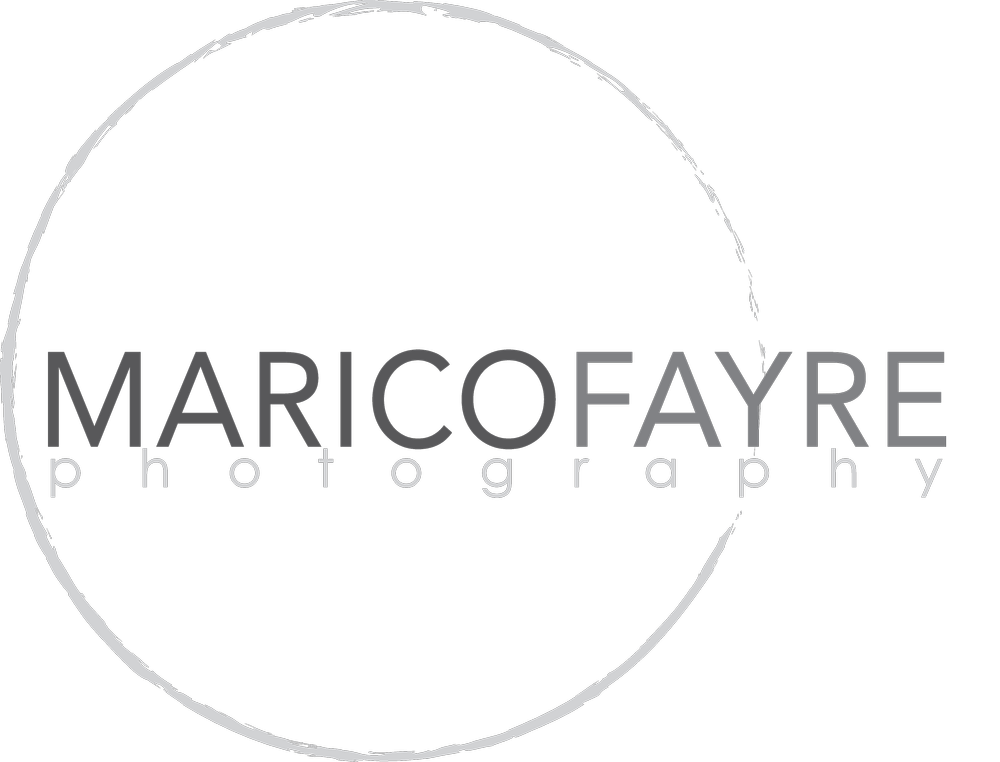Thesis proposals are in full swing at school, midterms have just finished, and I am sitting here thinking about the incredible artists that share their work with me every week. I have the honor of being able to teach this art form that I love every day, to students at many different places in their lives and careers. At the beginning of every semester I warn my students that I ask a lot of questions and it is very true. Every week during critiques I have more questions than answers because I believe that the concept of the work, the reason each person is creating in the way they do, using a particular subject and process, is just as important as the final product. Besides needing to prepare students for thesis projects, I am also honestly, insatiably curious. I’m sure I probably drove my parents crazy always asking, “why?” Our set of encyclopedias was well used by the time the Internet came along and I had a new way to research the questions - historic, philosophic, artistic, spiritual, or mundane - that intrigued me. One of the things I noticed early on is that we each have a unique perspective based on our experiences and interests. The ability to see these different views depicted visually is one of the things I love about art, especially when looking at the subject of a particular artist’s work.
In the case of academia, I have the ability to see work develop over semesters or even years, understanding some of the back-story and seeing the eventual triumph of transforming something from an idea or a feeling into a personal, authentic, physical work of art. It inspires me to keep pushing my own work and to seek different ways of working with some of the recurring ideas I work with, namely home, identity, memory, and personal metaphor.
Last November I saw the Serial Portrait show at the National Gallery and was intrigued by the sets of images showing some of my favorite photographers’ ongoing work with a particular person, place, or group. From Emmet Gowin’s portraits of his wife, Edith to Nicholas Nixon’s “The Brown Sisters” to Nikki S. Lee’s personal transformations, the show was a clear depiction of what an artist can accomplish when dedicated to one subject over many years.
Edith and Moth Flight, by Emmet Gowin, Danville, Virginia, 2002
The depth and the connection of the work challenged me to push beyond what is comfortable and familiar and continue to re-examine the people and places I capture. With each image I continue to question how I see, and each time I open the shutter it is with the intent to change how others see the world. Whether I am using the Canon or the iPhone, the intent to record and to use the captured images as more than just a document of a moment remains the same.
This intent, the way an artist approaches a particular subject, is also an inherent aspect of artistic vision and style. I have been amazed many times over by photographers who tell me they don’t have a style, though by the end of the conversation I have usually managed to bring them around. At the beginning of one’s journey, perhaps this is true, however it is important to understand and define your style sooner rather than later. (Otherwise I will reach through the computer and shake you.) Believe in yourself and your work enough to take this important step and work intentionally with your subject, your process, and your approach to the world.
If you are still unclear on your style, look back over your images from the last few years and notice what you are capturing. When you look at the images, what do you see? How do you use color? Framing? Focus? Time? Light? What are some of the themes that occur in multiple images? Consider having other people look at the work and talk about what they are seeing. And always come back to why you pick up the camera in the first place.
Kaila as Ophelia, Rock Creek: 1998, 2006, 2012






